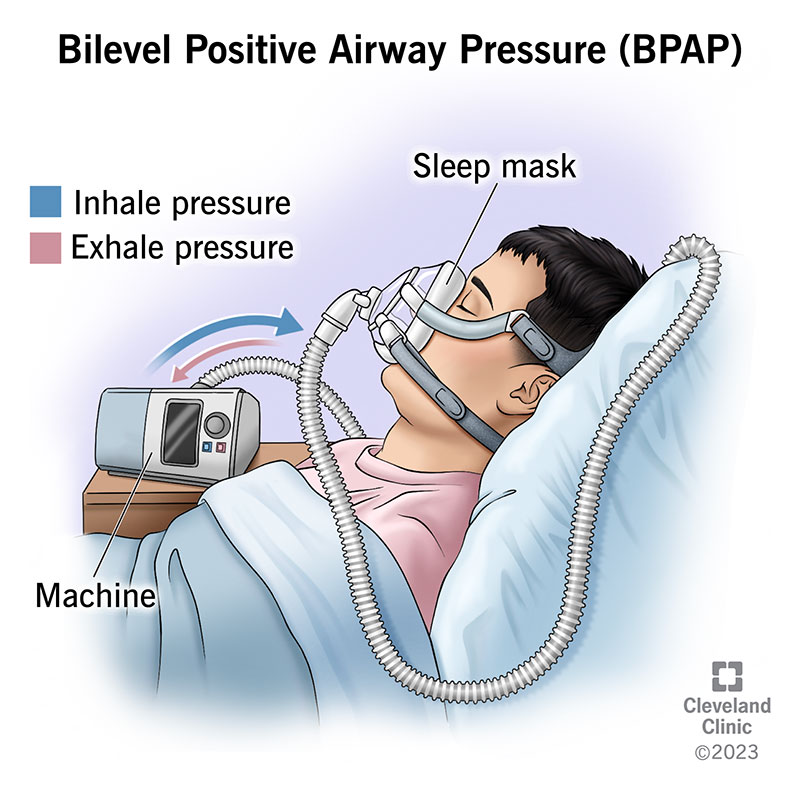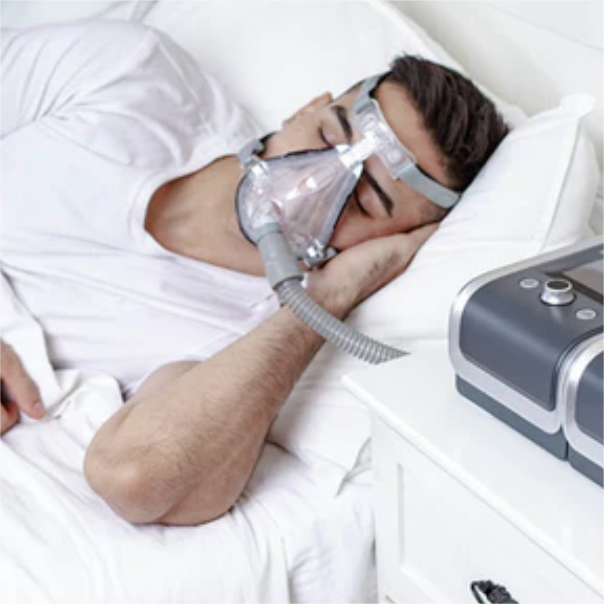BiPAP Rental: A Cost-efficient Alternate to Buying
BiPAP Rental: A Cost-efficient Alternate to Buying
Blog Article
Bipap vs. CPAP: Which Is the very best for Your Sleep Condition?
When browsing the intricacies of sleep disorders, the selection between BiPAP and CPAP treatment is a vital consideration. While CPAP gives a consistent airflow appropriate for obstructive sleep apnea, BiPAP's dual stress settings may boost comfort for those with even more detailed respiratory concerns.
Recognizing Sleep Disorders
Rest conditions incorporate a variety of conditions that interfere with normal rest patterns, affecting both the quality and period of remainder. These disorders can manifest in numerous kinds, including sleeping disorders, rest apnea, narcolepsy, troubled leg syndrome, and parasomnias. Each condition offers unique obstacles, usually resulting in considerable daytime exhaustion, cognitive disability, and emotional disruptions.
Insomnia is identified by difficulty falling or remaining asleep, while rest apnea entails duplicated disturbances in breathing during rest, typically bring about fragmented rest. Narcolepsy, on the various other hand, is marked by extreme daytime sleepiness and abrupt sleep attacks. Uneasy leg disorder triggers awkward sensations in the legs, triggering an unmanageable urge to relocate them, which can additionally prevent the ability to drop off to sleep.
The effect of rest disorders extends beyond individual wellness, affecting total productivity, relationships, and quality of life. Recognizing the particular nature of each condition is crucial for effective diagnosis and therapy. As rest wellness comes to be significantly recognized as an essential component of general well-being, attending to these problems is important for boosting both rest high quality and daily performance.
Exactly How CPAP Works
Continuous Favorable Respiratory Tract Pressure (CPAP) treatment is regularly employed as a key treatment for obstructive rest apnea (OSA) The system of CPAP entails making use of a device that provides a steady stream of air with a mask worn throughout rest. This air flow preserves positive stress in the airway, preventing the collapse or blockage of the throat that can occur throughout rest.
When a person takes in, the CPAP machine supplies a continuous circulation of air, ensuring that the airway continues to be open - BiPAP Rental. This not only reduces the symptoms of OSA, such as snoring and interrupted sleep patterns, yet additionally minimizes the involved health and wellness threats, including cardio issues and daytime tiredness
The pressure settings on a CPAP equipment can be customized to meet private client requirements, commonly determined via a rest study. In general, CPAP treatment has been shown to dramatically enhance the quality of sleep and overall health and wellness for people experiencing from obstructive sleep apnea.
How BiPAP Works
BiPAP, or Bilevel Positive Air Passage Pressure, is a specialized type of non-invasive air flow that is especially helpful for patients with problems such as complicated rest apnea or respiratory system conditions. Unlike CPAP, which supplies a continuous stream of air at a single stress, BiPAP supplies 2 distinctive stress settings: a higher inspiratory stress for inhalation and a reduced expiratory pressure for exhalation. This dual-pressure technique permits much easier breathing, lowering the initiative needed during exhalation.
The gadget operates through a mask fitted over the nose or mouth, attached to a maker that creates air pressure. When the client breathes in, the machine supplies the greater pressure to help with air flow, making sure that the air passage stays open. Upon exhalation, the machine immediately lowers the pressure, making it more comfy for the client to take a breath out.

Key Differences In Between BiPAP and CPAP

On the other hand, BiPAP (Bilevel Positive Airway Stress) supplies 2 various pressure setups: one for breathing and a lower one for exhalation. This twin pressure system enables more comfortable breathing, specifically for patients that have problem with exhaling versus a continual pressure. BiPAP is frequently suggested for people with intricate sleep apnea, chronic obstructive lung condition (COPD), or those that need extra assistance throughout rest.
In addition, the complexity of BiPAP gadgets commonly results in a higher expense and requires much more cautious titration than CPAP. BiPAP Rental. Recognizing these key differences can aid in acknowledging which gadget might be more suitable for details rest problems, establishing the groundwork for informed therapy choices
Picking the Right Treatment
How can one determine one of the most ideal therapy for handling sleep conditions? The decision in between BiPAP and CPAP treatment mainly depends upon the certain attributes of the sleep disorder, the individual's total health and wellness, and their comfort with the device. CPAP, which supplies a constant stream of air, is typically suggested for obstructive rest apnea (OSA) It preserves an open airway during sleep, effectively protecting against hypopneas and apneas.
Conversely, BiPAP provides 2 levels of stress: one for breathing and a lower one for exhalation. This double pressure system is beneficial for patients with complex rest apnea or those that experience problem breathing out versus a constant stress. Furthermore, BiPAP is often suggested for individuals with respiratory system problems, such as persistent obstructive pulmonary illness (COPD), where differing stress setups can boost comfort and compliance.
Inevitably, a complete assessment by a sleep professional, including a sleep study, can aid establish which therapy aligns finest with the person's requirements. Variables such as convenience, simplicity of usage, and particular medical conditions need to also be considered to optimize treatment results.
Final Thought
In summary, both BiPAP and CPAP serve unique objectives in view it the administration of rest conditions. CPAP works for obstructive rest apnea through constant air flow, while BiPAP provides double pressure setups that enhance convenience for those with why not try these out intricate rest apnea or respiratory system issues. The option in between these therapies ought to be directed by individual requirements and conditions, necessitating a detailed evaluation by a rest professional to make certain optimum therapy outcomes and improved top quality of rest.

Generally, CPAP treatment has actually been revealed to dramatically enhance the quality of sleep and overall wellness for individuals experiencing from obstructive sleep apnea.
BiPAP is typically suggested for people with complex rest apnea, chronic obstructive pulmonary illness (COPD), or those that require extra support throughout sleep.
CPAP is efficient for obstructive sleep apnea with constant air movement, while BiPAP offers twin pressure setups that enhance comfort for those with intricate sleep apnea or respiratory system problems.
Report this page